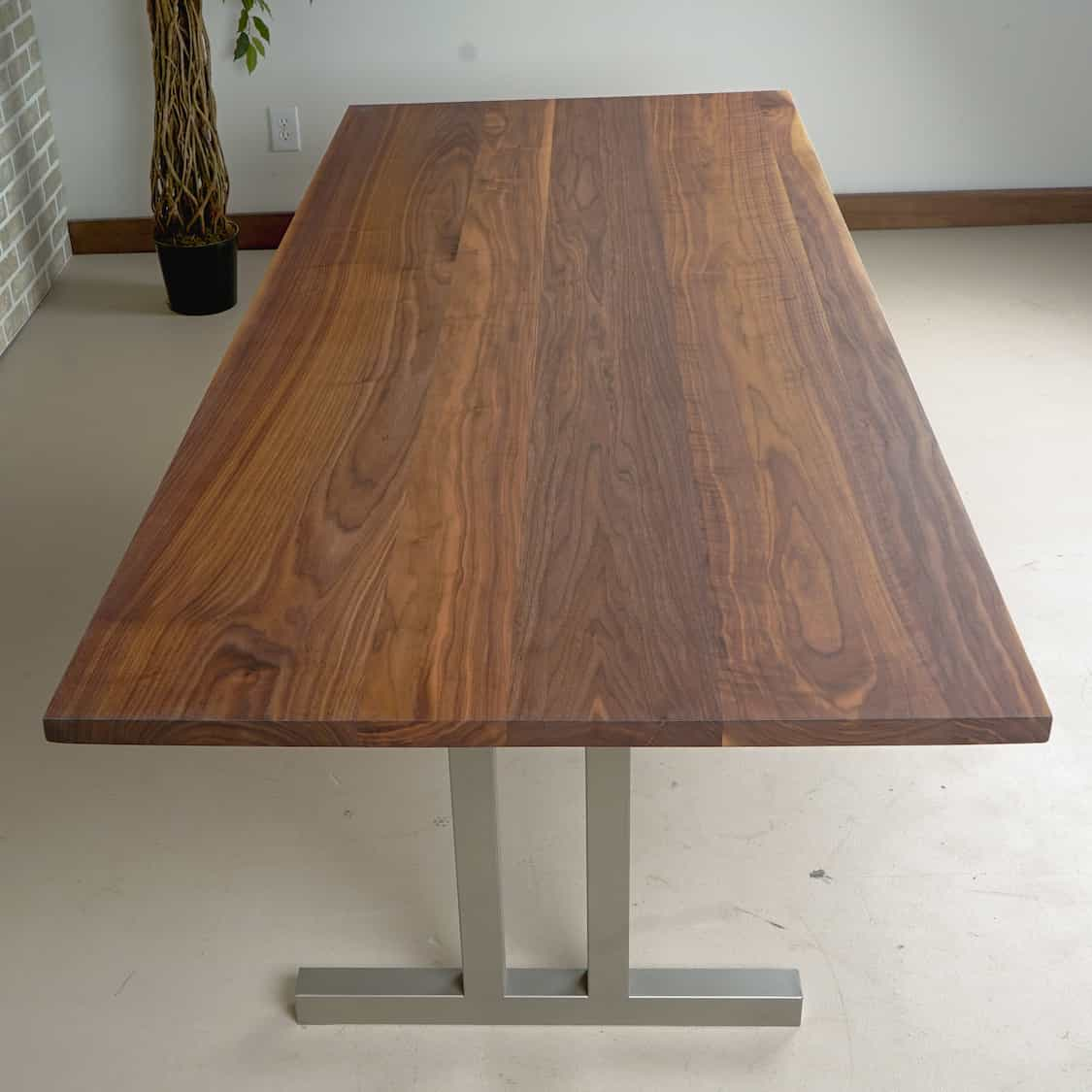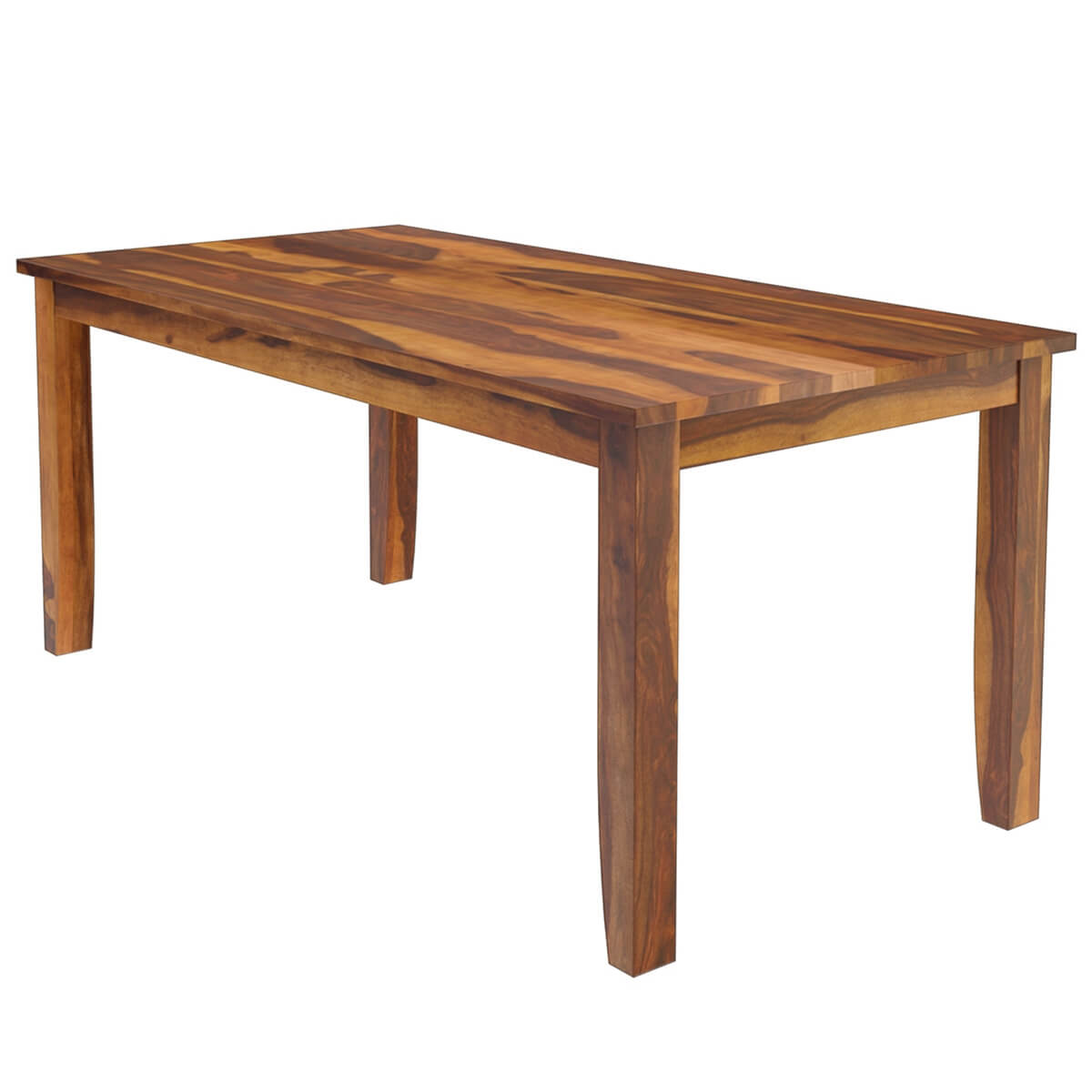Bring Heat and Character to Your Space with Dining Table Legs Wood
Bring Heat and Character to Your Space with Dining Table Legs Wood
Blog Article
Necessary Considerations for Picking the Right Dining Table Legs Timber
Picking the ideal timber for eating table legs entails a nuanced understanding of numerous variables that affect both capability and visual charm. The option of wood type, ranging from robust woods to extra fragile softwoods, plays a crucial duty in making sure toughness and security. Each of these aspects can drastically affect the overall experience of your dining room.
Value of Timber Type

Hardwoods, such as walnut, maple, and oak, are often preferred for their strength and resistance to wear. These kinds of timber give a durable foundation that can endure daily use, making them ideal for eating tables that experience constant events. On the other hand, softer woods like pine might be extra prone to scrapes and damages, which may not be perfect for high-traffic areas.
In addition, the selection of wood can also influence the convenience of maintenance. Some woods call for routine oiling or sealing to maintain their look, while others may be more flexible. Eventually, choosing the appropriate timber type involves stabilizing aesthetic factors to consider with sensible needs, making sure that the dining table legs not just look attractive but additionally stand the test of time.
Evaluating Security and Stamina
When evaluating eating table legs, one must take into consideration the stability and toughness they offer to the total structure. The legs are critical in sustaining the tabletop and making sure the dining experience is delightful and risk-free. A secure table is vital for preventing wobbling or tipping, which can result in spills or crashes during meals.
The selection of wood kind significantly affects stamina. Woods such as walnut, maple, and oak are typically extra robust and durable than softwoods like yearn or fir. Furthermore, the density and style of the legs play a crucial function; thicker legs or those with a tapered design can use better support and security.

Visual Factors To Consider
While performance is vital, the aesthetic allure of table legs can not be overlooked, as they substantially affect the overall style and atmosphere of the eating space. The choice of style, coating, and timber can enhance or detract from the table's aesthetic effect.

Coatings additionally play a critical function in aesthetics. An all-natural finish can highlight the timber's intrinsic appeal, while painted or discolored legs can introduce shade and individuality right into the area. The percentage and scale of the legs loved one to the table top and bordering furnishings needs to be considered to ensure aesthetic balance and communication.
Ultimately, the eating table legs should not just serve a practical function but likewise add to a natural and welcoming ambience, making them a vital consideration in the overall style of the eating location.
Maintenance Requirements
To ensure long life and maintain the beauty of wood eating table legs, regular maintenance is crucial (Dining Table Legs Wood). Timber is an all-natural material that can be susceptible to harm from moisture, warm, and put on. For that reason, developing a routine treatment strategy will substantially boost the sturdiness of your table legs.
Begin with regular cleaning using a soft, lint-free fabric to eliminate dust and particles that can damage the surface. For even more comprehensive cleaning, make use of a light soap remedy and damp fabric, staying clear of excess dampness that can seep into the timber. It is recommended to use a top quality timber polish or conditioner every couple of months to nourish the wood and preserve its gloss.
In addition, consider the atmosphere where the table is put. Stay clear of straight sunlight, as it can trigger fading, and use coasters or placemats to safeguard the surface from warmth and dampness. Address any see this website damages or scrapes immediately with proper wood filler or touch-up pens to prevent further deterioration. By adhering to these upkeep demands, you will certainly not just protect the aesthetic allure of your wooden dining table legs yet also prolong their practical lifespan.
Budget Plan and Cost Elements
Spending plan and expense aspects often play a vital role in the decision-making procedure for selecting wood dining table legs. When reviewing options, it is necessary to develop a clear budget that lines up with your overall furnishings investment. The expense of wooden table legs can vary significantly based upon the kind of style, workmanship, and timber complexity.
Hardwoods such as oak, cherry, and walnut generally regulate higher costs because of their toughness and visual allure. In contrast, softer timbers like ache might be more economical yet could not supply the very same durability. Additionally, customized or artisan-crafted legs can sustain additional expenses, reflecting the skill and time bought their development.
It is likewise crucial to take into consideration the potential long-term worth of your financial investment. While opting for lower-cost materials might appear economically prudent at first, they may need even more frequent replacement or repair work, ultimately raising total expense.
Consequently, balancing quality and cost is crucial. Focus on materials that meet your visual preferences while guaranteeing they fit pleasantly within your budget plan, enabling you to produce an eating location that is both visually attractive and functional.
Verdict
Finally, selecting the proper timber for dining table legs requires careful consideration of different aspects, consisting of wood kind, stability, visual appeals, upkeep, and spending plan. Woods such as oak and walnut offer exceptional durability and strength, while design and density add to overall security. Visual appeal and maintenance needs must straighten with individual preferences and way of life. Eventually, a knowledgeable decision will improve the long life and visual charm of the table, making certain satisfaction and functionality for several years to find.
Choosing the appropriate type of timber for eating table legs is important for both visual allure and architectural integrity. Inevitably, choosing the ideal timber kind involves balancing aesthetic considerations with practical needs, ensuring that the eating table legs not only look appealing but additionally stand the test of time.
It is recommended to apply a high-grade wood gloss or conditioner every few months to nourish the timber and preserve its luster.
The price of wooden eating table legs can differ considerably based on the kind of timber, craftsmanship, and layout intricacy.
In conclusion, picking the proper timber for eating table legs demands cautious consideration of different factors, consisting of wood kind, stability, news aesthetics, upkeep, and budget.
Report this page